
If there's one thing we've noticed, it's that right now appears to be the prime season for moving house, irrespective of whether you're looking to buy a house or simply rent a new place.
When you're browsing through endless listings online or booking a handful of viewings, it's oftentimes you may tend to get blind-sighted by the excitement of it all that you overlook some blatant issues in the new build homes piquing your interest. It's not enough for a place to look good, but it's got to stand the test of time too.
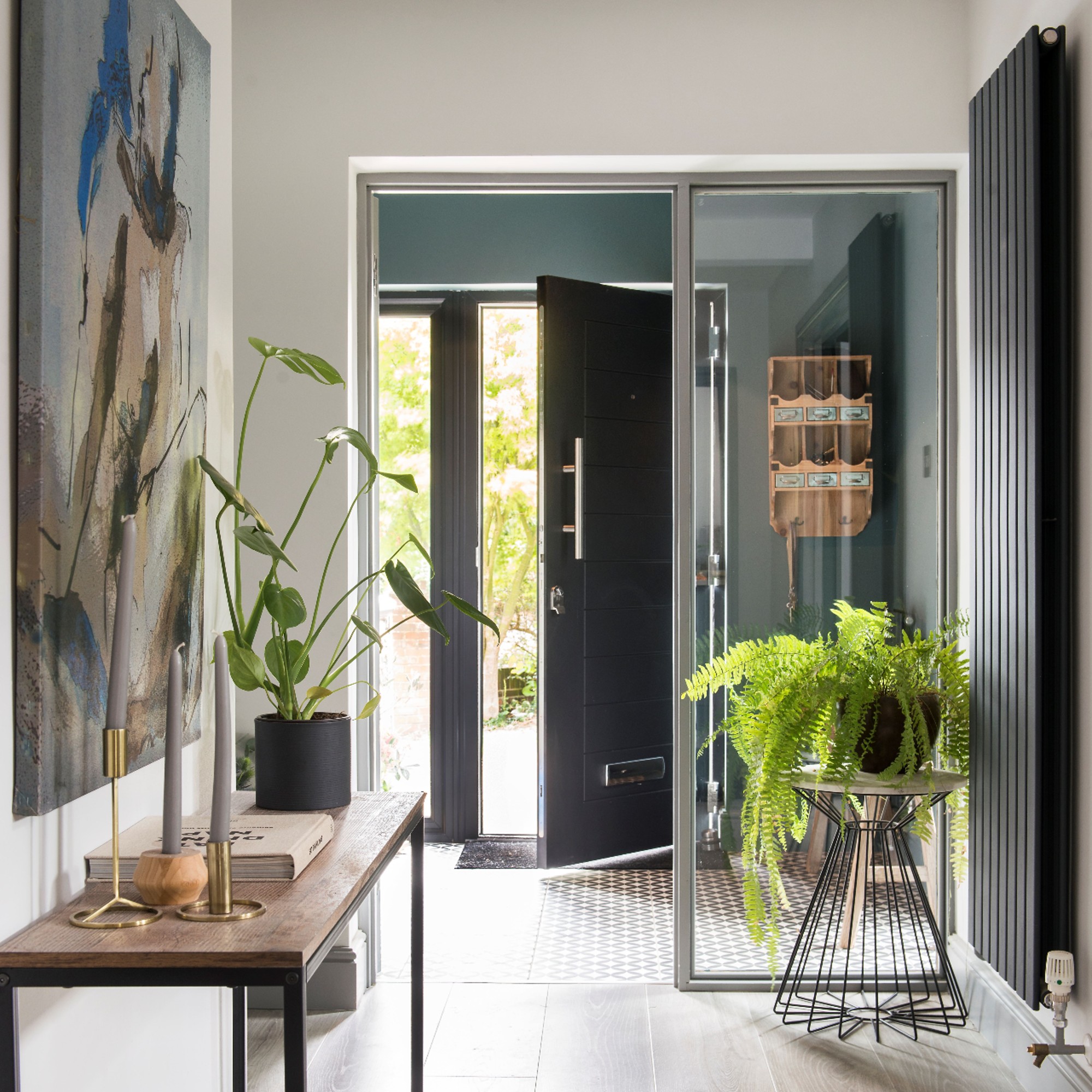
'An increasing number of new homes are being built every year to meet the demand for housing, however, new builds can have just as many problems as any other house,' warns Tabitha Cumming, property expert at The Lease Extension Company.
Red flags putting off buyers don't just encompass the way you've furnished and staged your interiors, but it also comes down to the quality of the home's foundational workmanship.
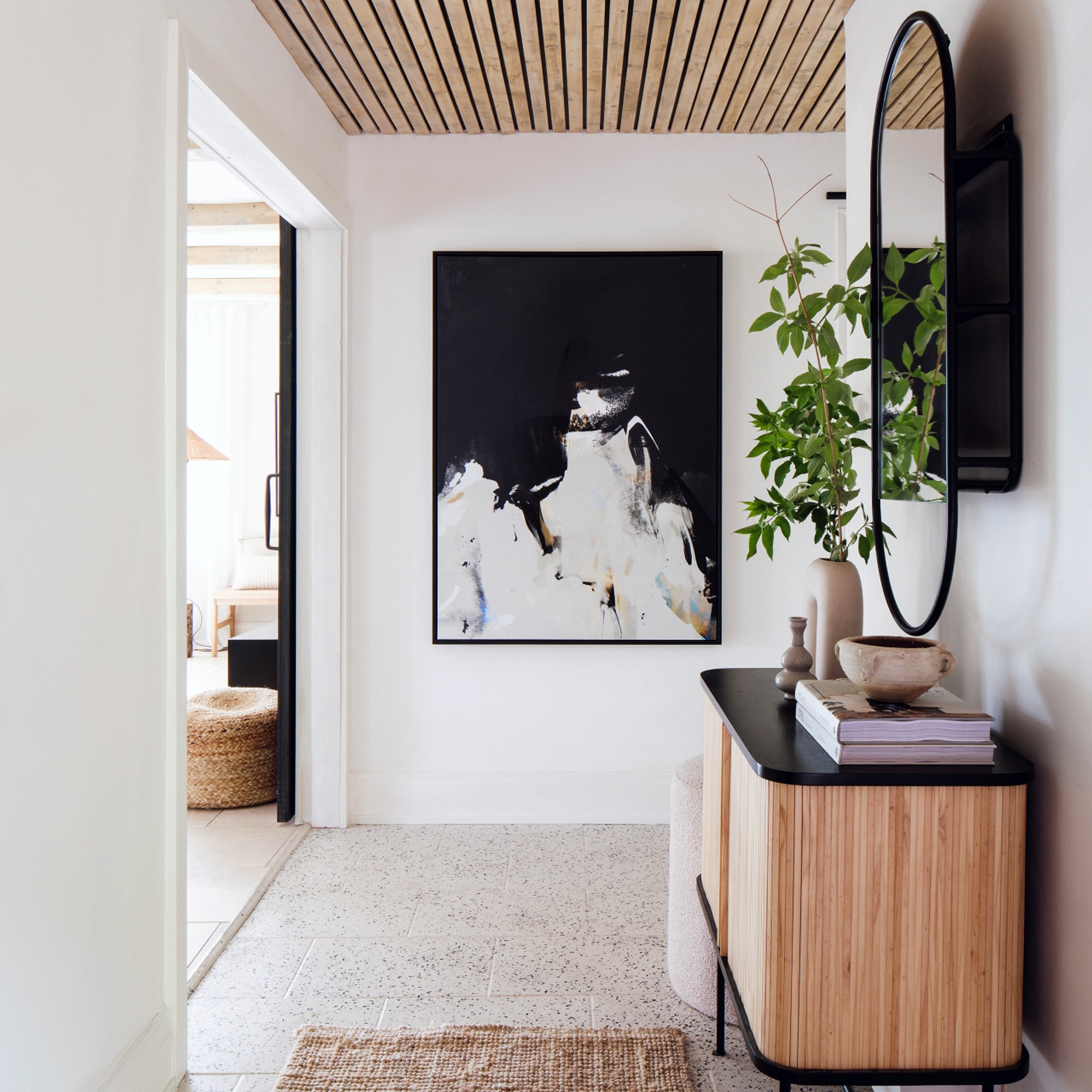
5 red flags to look out for in new build homes
To help you avoid the trials and tribulations of buying or renting a new build, we've asked experts to give their top tips on the red flags to look out for, to ensure the process goes as smoothly as possible.
1. Decorating – look at plastering, doors, and cabinets
'One of the easiest giveaways that a home is not up to standard is poor decorating. It's easy to get caught up in the moment with visions of IKEA trips and interior Pinterest boards. But stay alert, as bumpy plastering, scratched doors, and uneven cabinets are often the first sign that the build was poorly made,' advises Bradley Mackenzie, RICS accredited valuer at Stokemont.
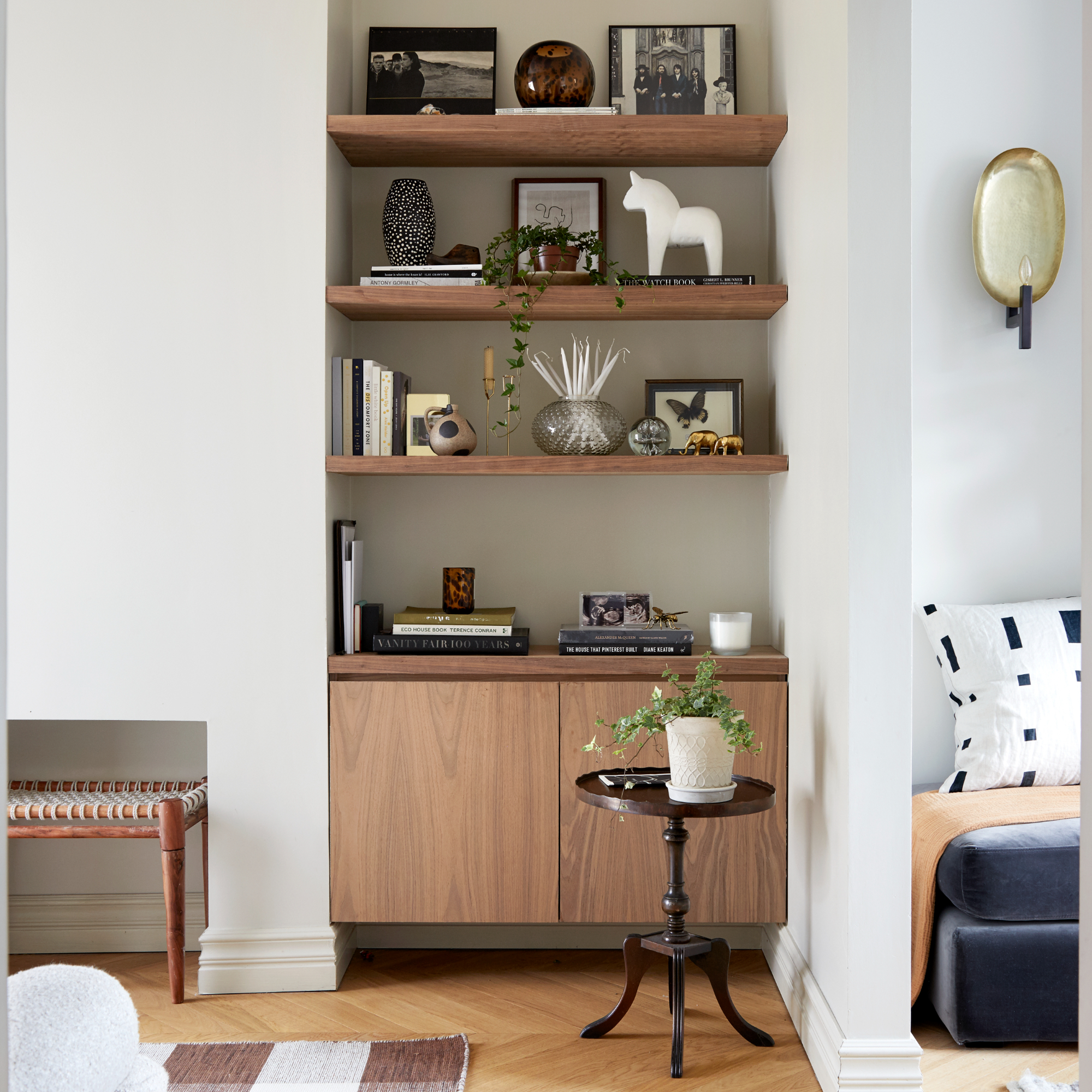
2. Poor brick work – cracks, gaps, and misaligned bricks
'One of the most critical aspects of a property's structural integrity is its brickwork, so make sure you inspect the external walls for cracks, gaps, and loose or misaligned bricks,' warns Terry Fisher, property expert at We Buy Any Home.
Tabitha adds, 'Check that the mortar between bricks does not have any gaps, as this can result in mould or damp, and could potentially cause structural damage in colder months.'

3. Windows – poor sealing and cracks
'Another thing that you might not spot until the colder months is the window fittings. Poor sealant, gaps in the frames, or cracks often result in damp, but in more serious cases can also be a health and safety concern. Make sure to go round every window and check them over as it is super easy to miss,' says Bradley.

4. Poor insulation
'The insulation of your home is responsible for keeping the house at a comfortable temperature, and it will also have a huge impact on your energy bills,' says Bradley.
'By making sure the home is properly insulated, you'll save more money in the long run. Correct roof insulation should be a minimum of 25cm and cover all of the roof. If there are gaps, or it seems too thin, get a professional to look at it.'
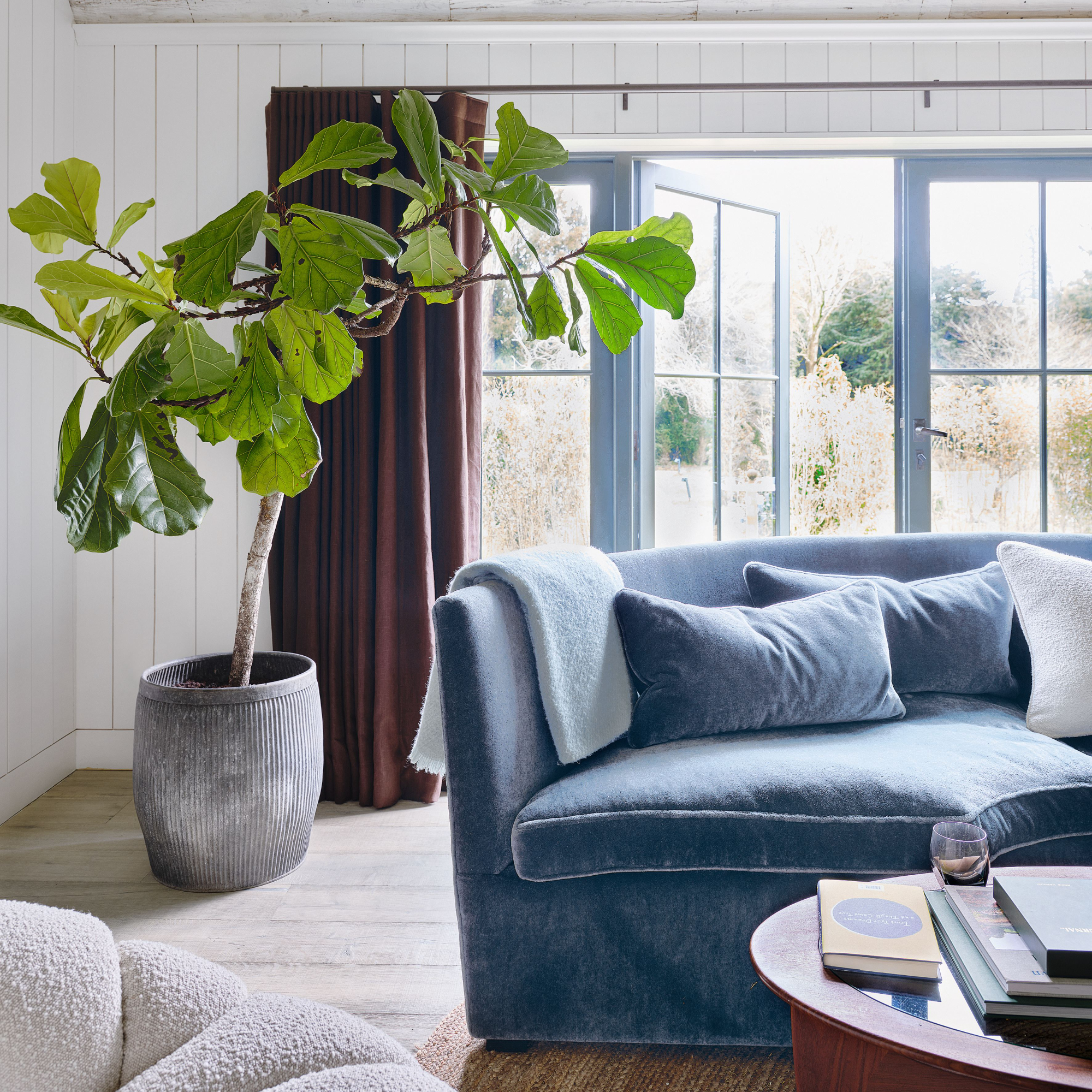
5. Poor vents
'Vents are a key part of health and safety that is often overlooked in homes. Check that any vent covers on the inside of the home are connected to vents outside, and ensure that the vents in extractor fans or hoods and bathrooms are also connected to the outside,' urges Tabitha.
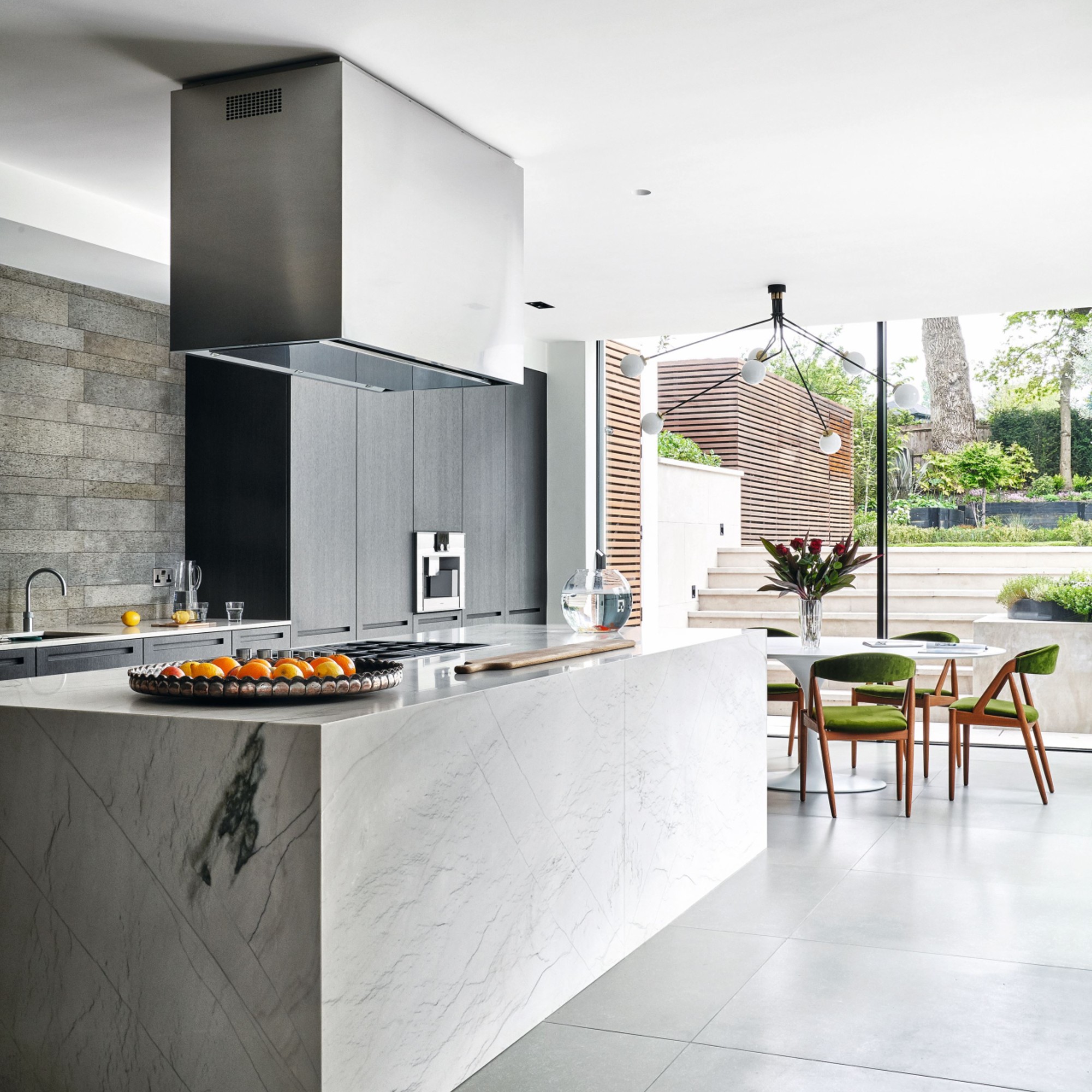
What should you do if you encounter a problem with your new build?
Of course, no matter how prepared you are on the day of viewing, there are inevitably going to be some issues you simply can't predict.
If you encounter any problems, Bradley assures, 'Most new builds come with a 'snagging' clause where you can report any issues you find to the builders and they will fix it.'
'Do be warned though, this often has a time limit so if you see a problem, write it down and call the property management or builder, it will save you a big headache later down the line.'







